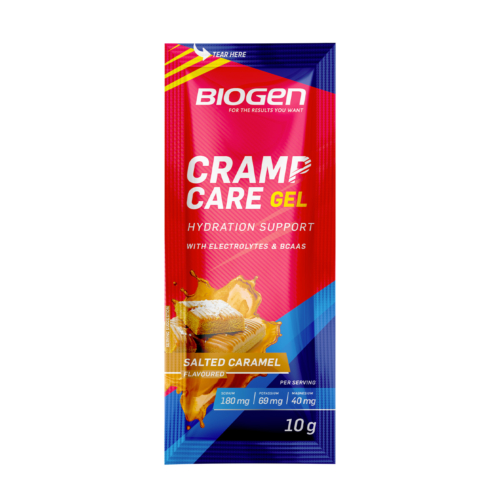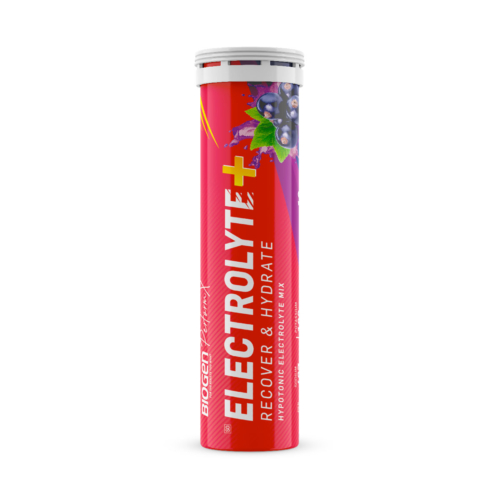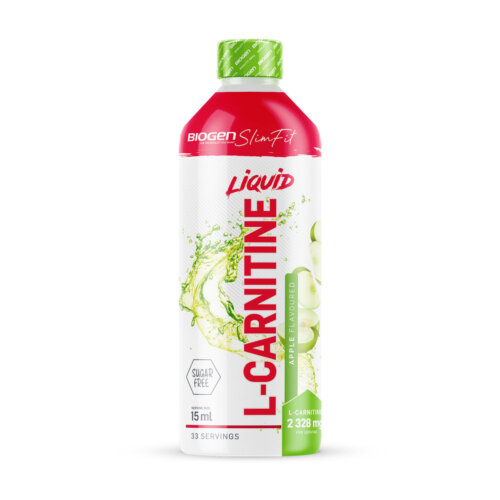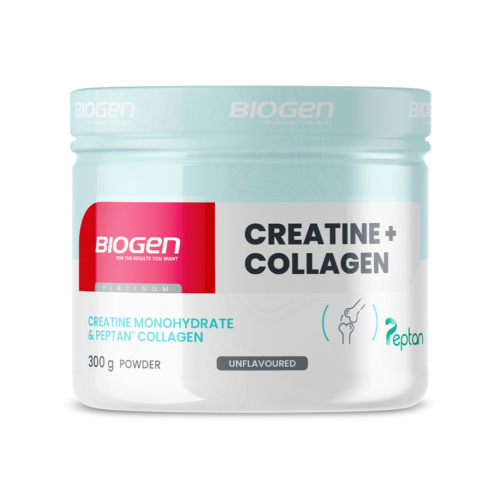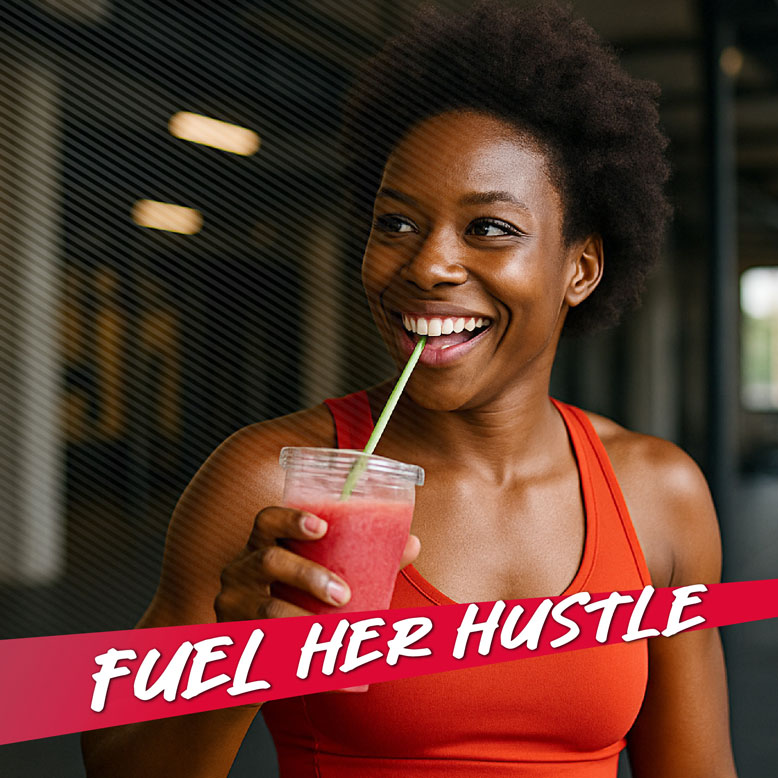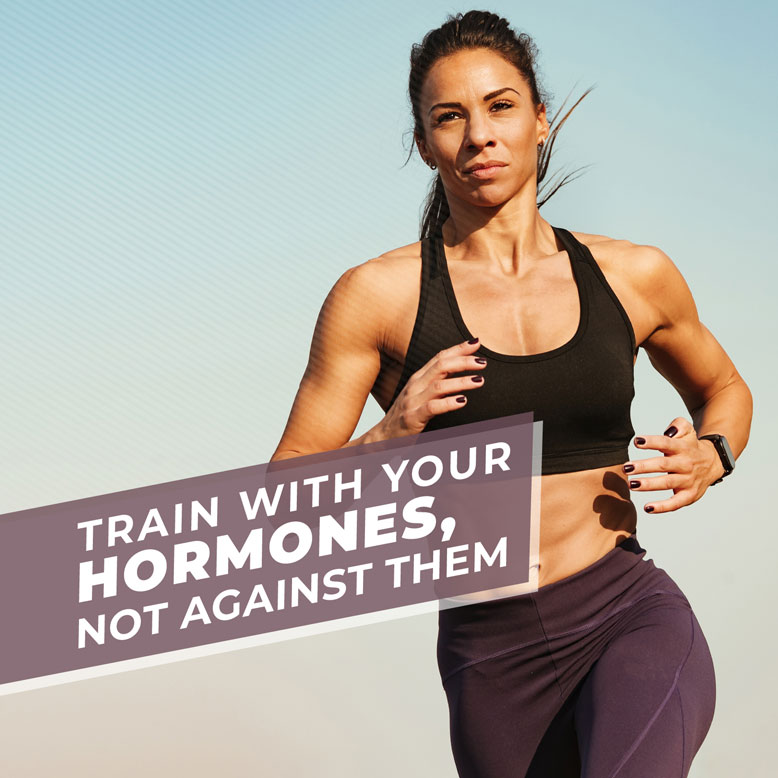
How the Female Athlete Advantage Shapes Endurance, Recovery, and Performance
When it comes to endurance sports, female athletes often possess physiological, mental, and hormonal characteristics that can give them an edge over their male counterparts, especially when venturing into the realm of ultra-endurance events.
The further and longer athletes go, the performance gap between men and women often narrows. This relates to numerous factors, with women exhibiting some unique adaptations and physiological differences that can influence their performance and training responses.
The physiological factor
Female athletes have several physiological attributes that are particularly beneficial for ultra-endurance sports.
A key difference exists in the muscle fibre composition of men and women. Females may have an advantage in certain endurance activities due to a greater proportion of the type I slow-twitch muscle fibres that are better suited to long, sustained efforts, as opposed to the type II fast-twitch fibres needed for strength and power. These muscle fibres are more fatigue-resistant and efficient for aerobic activities.
A woman's metabolism is also different to a man's, with females typically more efficient when relying on fat for fuel during prolonged exercise.
This process, known as fat oxidation, provides a crucial advantage in long-distance events where athletes can deplete glycogen (stored carbohydrates) and often struggle to ingest replacement carbs.
By sparing glycogen stores, women can sustain a steady pace for longer and delay the onset of fatigue. This is partly due to the influence of oestrogen, which enhances fat metabolism.
The combination of these physiological characteristics – superior fat utilisation and favourable muscle fibre composition – means women often have better fatigue resistance than men.
Studies¹ affirm that women's muscles, including their respiratory muscles, are more resistant to fatigue during prolonged, sub-maximal efforts. However, their total lung capacity is less than that of men, which means males generally have a higher VO2max.
With less muscle and smaller frames, women also need fewer calories than men, which can simplify their nutrition strategy. Women also tend to sweat less than men, which means they have to take less fluid.
These factors can reduce the potential risk of gastrointestinal issues that can negatively impact performance during ultra-endurance events.
Environmental factors
Smaller bodies and less weight also make women more efficient at dissipating body heat as they tend to have a higher ratio of surface area to body mass.
With a more efficient sweating mechanism, women also require less fluid to cool down compared to men. This can reduce the risk of overheating and dehydration, which is a huge advantage in hot or humid conditions.
Lighter bodies with less muscle mass also make women more efficient in getting themselves up steep terrain – the ultra-endurance athlete's typical stomping ground in ultra-endurance trail running or cycling and mountain biking events.
The mental edge
In addition to physiological factors, mental and hormonal traits also play a key role in a woman's endurance performance.
Research suggests that female athletes may exhibit superior emotional regulation and pain tolerance², which are critical for enduring the extreme discomfort and psychological challenges of ultra-endurance races.
Women also tend to make better decisions related to pacing themselves in ultra-endurance events. Where men tend to start fast and fade into the finish, women are more likely to start at a conservative pace and maintain it consistently, avoiding the common mistake of hitting the wall.
Hormonal Differences
Beyond its role in fat metabolism, oestrogen may also help with muscle repair, reduce inflammation, and decrease muscle damage during prolonged exertion, contributing to faster recovery.
This is primarily due to oestrogen's antioxidant properties, its ability to stabilise muscle membranes, and its role in regulating the inflammatory response.
Maximise the female advantage
Women can leverage their unique strengths to optimise their training and performance in various ways. Perhaps the most important factor is not blindly following training programs devised for male athletes.
Research³ confirms that the possibility exists that training programs based on data obtained from male participants lead to females receiving a potentially suboptimal exercise 'dosage'.
While women have an advantage in fatigue-resistant muscle fibres, adding strength training can improve overall power, running economy, and resilience to injury, particularly in areas like the knees, which are prone to stress in ultra-endurance events.
Since women are naturally efficient at using fat for fuel, incorporating low-intensity, long-duration training sessions into the training plan can further enhance this metabolic advantage. Fasted training, where you train without consuming carbohydrates beforehand, can be particularly effective.
This also applies to races. While carbohydrates are essential, women can benefit from a fuelling strategy that includes fat sources, which aligns with their body's natural preference. This can include nuts, seeds, or specific energy products that contain a mix of carbohydrates and fats.
Female athletes can also consider key supplements that play to their strengths. For example, L-carnitine supplements like Biogen L-Carnitine Liquid or Biogen Acetyl L-Carnitine can enhance fat metabolism, helping female athletes amplify the energy they get from burning fat for fuel.
L-carnitine is a compound that helps transport fatty acids into the mitochondria of muscle cells. It is within these little energy production sites that we generate the energy needed to sustain muscle contractions over prolonged periods.
Creatine is another performance supplement that can deliver outsized benefits for female athletes because women have 70–80% less creatine stored in their bodies compared to men⁴.
A combined product like Biogen Creatine + Collagen provides the ideal form – creatine monohydrate – with added collagen to support connective tissue health, to increase stress resilience and reduce injury risk.
Hydration consideration
Another important consideration is the role and relative importance of electrolytes for women. While a lower sweat rate and reduced fluid requirements can offer an advantage, women are also at greater risk of hyponatraemia, which is a dangerously low level of sodium in the blood.
If women drink the same amount of plain water as their male counterparts, they are at a greater risk of overhydrating and diluting their blood sodium levels. This can trigger symptoms of hyponatraemia like nausea, confusion, and dizziness.
The interplay of female-dominant hormones like oestrogen and progesterone can also create a dynamic challenge for female athletes when it comes to optimal hydration, requiring them to be more intentional about how they rehydrate with electrolytes like Biogen Electrolyte+, Biogen Cramp Care Gels or Biogen Energy Chews Electrolyte Jellies, rather than simply drinking to thirst.
PERFORMANCE ESSENTIALS FOR WOMEN
References:
- Reid A. Mitchell, Michele R. Schaeffer, Andrew H. Ramsook, Sabrina S. Wilkie, Jordan A. Guenette; Sex differences in respiratory muscle activation patterns during high-intensity exercise in healthy humans, Respiratory Physiology & Neurobiology, Volume 247, 2018, Pages 57-60, ISSN 1569-9048, https://doi.org/10.1016/j.resp.2017.09.002.
- Diotaiuti P, Corrado S, Mancone S, Palombo M, Rodio A, Falese L, Langiano E, Siqueira TC, Andrade A. Both Gender and Agonistic Experience Affect Perceived Pain during the Cold Pressor Test. Int J Environ Res Public Health. 2022 Feb 18;19(4):2336. doi: 10.3390/ijerph19042336. PMID: 35206523; PMCID: PMC8872125.
- Ansdell, P., Thomas, K., Hicks, K. M., Hunter, S. K., Howatson, G., & Goodall, S. (2020). Physiological sex differences affect the integrative response to exercise: Acute and chronic implications. Experimental Physiology, 105(12), 2007-2021. https://doi.org/10.1113/EP088548.
- Smith-Ryan AE, Cabre HE, Eckerson JM, Candow DG. Creatine Supplementation in Women's Health: A Lifespan Perspective. Nutrients. 2021 Mar 8;13(3):877. doi: 10.3390/nu13030877. PMID: 33800439; PMCID: PMC7998865.




